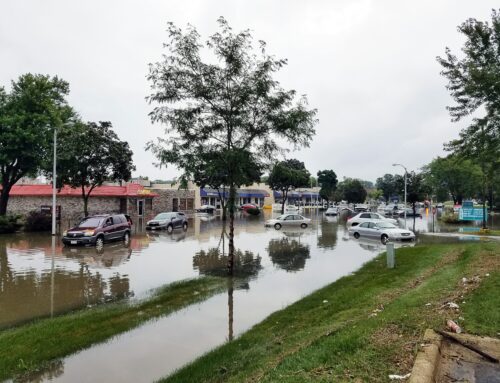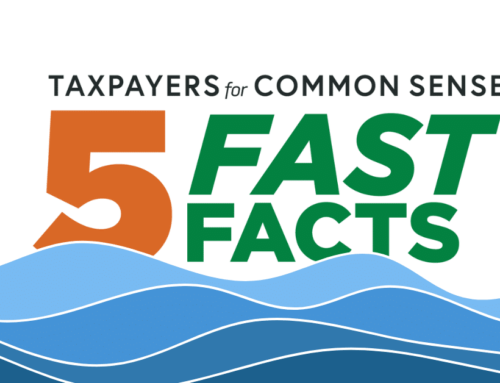View/Download this article in PDF format.
Transportation dollars are tight. The gasoline tax that we rely on to build and maintain our transportation networks isn’t enough to meet the nation’s increasing transportation demands. Meanwhile, many of our roads, bridges, and rails are falling deeper into a state of disrepair. All of this occurs under the weight of trillion-dollar annual budget deficits and growing travel demands. Never has there been a more critical time to do more with less.
Taxpayers for Common Sense, in partnership with Transportation for America and the Reason Foundation, presents The Most for Our Money, highlighting seven taxpayer-friendly solutions to the nation’s transportation problems.
With Congress poised to take up a new six-year surface transportation bill, these suggestions come at the perfect time. Though the solutions presented are no panacea for the nation’s transportation problems, they can increase the efficiency of the transportation system and better utilize taxpayer dollars.
For example:
-
- In central Virginia, transportation planners used Scenario Planning to illustrate how growth in the area would impact transportation infrastructure in the future. Doing so allowed them to modify plans reduce future congestion by more than 50 percent at half the cost of other scenarios.
- Florida’s I-95 High Occupancy Toll (HOT) lanes allow single-occupant drivers to access high-occupancy vehicle (HOV) lanes for a fee. The fee is varied throughout the day so the HOT lanes remain uncongested and move at a minimum speed. The HOT lanes saved commuters nearly $9 million in delay savings during the first six months of operation and average speeds in the express lanes increased from below 20 mph to 57 mph.
-
- Eugene, Oregon’s EMX-BRT (Bus Rapid Transit) serviceoffers riders with increased comfort, faster travels times, and greater reliability, compared to typical bus service. Opened in 2007, the EMX was built for an average of $6.25 million per mile as one of the nation’s most cost-effective rapid transit systems.The EMX witnessed a 46 percent increase in ridership from the corridor’s previous bus service.
-
- Travelling northwest from downtown Atlanta, the US 41/Cobb Parkway Corridor witnessed the addition of a cross-jurisdictional traffic signal upgrade, a key element of Intelligent Transportation Systems (ITS). Researchers found vehicle travel time and delay declined by nearly one-quarter and 40 percent, respectively, and an overall benefit-cost ratio between 23- and 28-to-1.
- Intercity bus service has become the fastest growing mode of transportation while receiving only a fraction of a cent in subsidies per passenger mile, far lower than other modes of transportation. Each bus removes 55 vehicles from a roadway and, in 2007 alone, saved Americans over 63 million hours of delay and $1.2 billion in congestion costs.
- Working from a satellite location — also known as telework — would increase productivity by over $4.6 billion each year and save $850 million in annual real estate, electricity, and related costs if all eligible federal employees teleworked at least once a week.
- Citing the need for increased roadway connectivity to reduce congestion burdens on state roadways, Virginia legislators adopted “Secondary Street Acceptance Requirements.” These requirements lay a foundation for reducing local traffic on major roadways, thus prolonging the life — and the reach of taxpayer dollars — for many critical infrastructure links.











Get Social